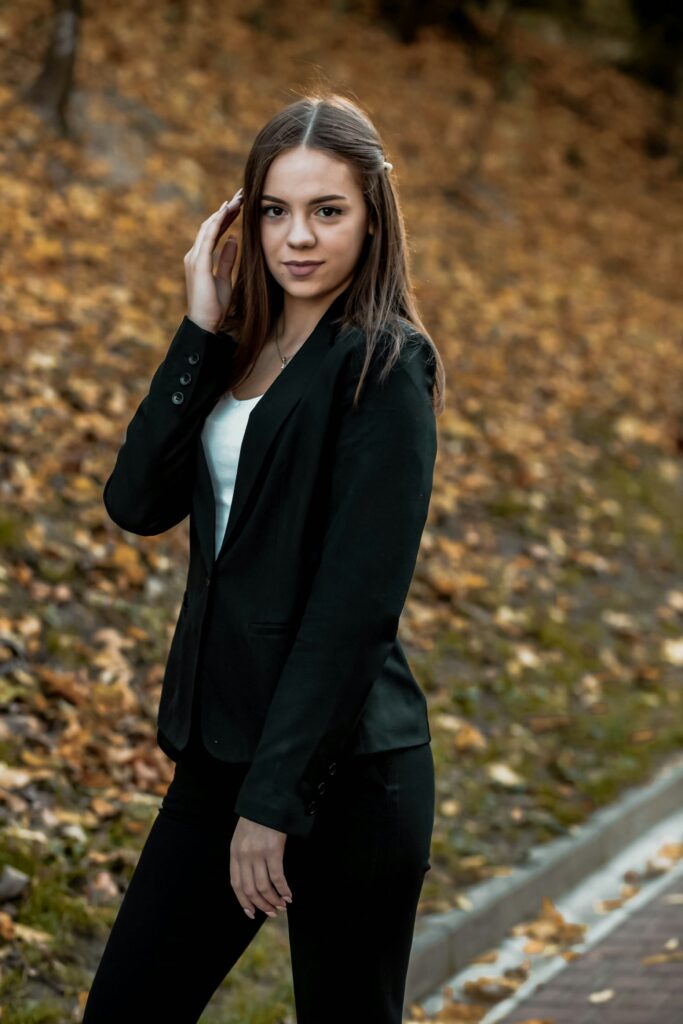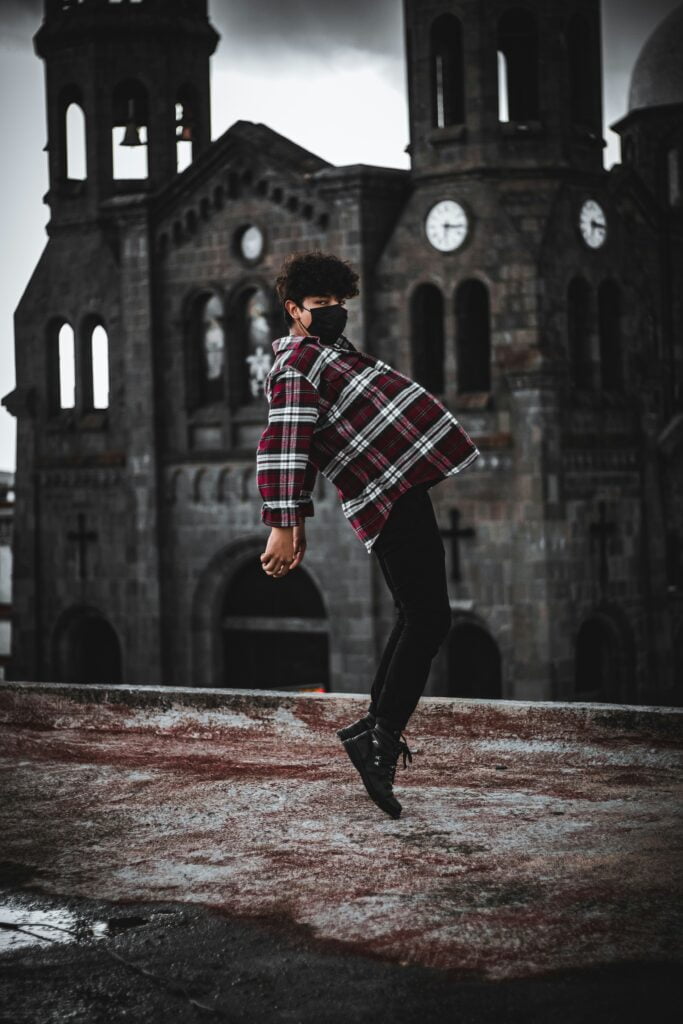In the realm of digital photography, Adobe Lightroom has established itself as a premier tool for photo editing and management. Among its many features, Lightroom presets stand out as a powerful tool that can dramatically enhance the efficiency and creativity of photographers. This article delves into what Lightroom presets are, how they work, and why they have become an essential asset for both amateur and professional photographers.







What are Lightroom Presets?
Lightroom presets are pre-configured settings or filters that can be applied to photos with a single click. These presets adjust various parameters such as exposure, contrast, color balance, saturation, and sharpness, among others. Essentially, they are a set of instructions that tell Lightroom how to process an image, saving time and ensuring consistency across multiple photos.
How Do Lightroom Presets Work?
When you apply a preset to a photo in Lightroom, the software adjusts the image according to the preset’s predefined settings. This can include a wide range of adjustments:
- Basic Adjustments: Changes to exposure, contrast, highlights, shadows, whites, and blacks.
- Tone Curve: Adjusting the overall tonal range of the image.
- HSL/Color: Modifying the hue, saturation, and luminance of specific colors.
- Split Toning: Adding different colors to the highlights and shadows.
- Detail: Sharpening and noise reduction.
- Effects: Adding vignettes or grain for a particular aesthetic.
- Calibration: Fine-tuning the colors for different looks.
These settings are saved as a preset file and can be applied to any photo in your Lightroom library. Presets can be created by the user or downloaded from various sources online.
The Benefits of Using Lightroom Presets
1. Time-Saving
One of the most significant advantages of using Lightroom presets is the time saved during the editing process. Instead of adjusting each photo manually, photographers can apply a preset and achieve the desired look instantly. This is particularly beneficial when editing a large batch of photos, such as those from a wedding or a photoshoot.
2. Consistency
Presets ensure that all photos have a consistent look and feel, which is crucial for maintaining a cohesive aesthetic, especially for professional portfolios, social media feeds, or brand imagery. Consistency is key in creating a recognizable style that can set a photographer apart.
3. Creativity and Inspiration
Presets can serve as a source of inspiration, providing photographers with new ideas and approaches to editing their images. They can experiment with different styles and looks, discovering new ways to enhance their photos.
4. Learning Tool
For beginners, presets can be an excellent learning tool. By analyzing how presets adjust various settings, novice photographers can gain a deeper understanding of Lightroom’s capabilities and how different adjustments affect an image.
Types of Lightroom Presets
1. General Presets
These are versatile and can be used for a wide range of photos. They include basic adjustments that improve the overall look of an image without drastically changing its style.
2. Themed Presets
These presets are designed to create a specific mood or style, such as vintage, black and white, cinematic, or moody. They are perfect for photographers who want to achieve a particular look in their work.
3. Specialized Presets
Specialized presets are tailored for specific types of photography, such as portrait, landscape, wedding, or street photography. They focus on enhancing the unique qualities of each genre.
4. Custom Presets
Custom presets are created by photographers to suit their unique style and preferences. These can be developed over time and refined to achieve the exact look desired.
How to Create and Use Lightroom Presets
Creating your own Lightroom presets is a straightforward process:
- Edit a Photo: Make the desired adjustments to an image.
- Save as Preset: In the Develop module, click the “+” button in the Presets panel and select “Create Preset.”
- Name and Save: Give your preset a name, choose which settings to include, and save it.
Using presets is equally simple:
- Select a Photo: Choose the image you want to edit.
- Apply Preset: In the Presets panel, click on the preset you want to apply.
- Fine-Tune: Make any additional adjustments if necessary to perfect the photo.
Finding and Installing Lightroom Presets
There are numerous sources online where you can find both free and paid Lightroom presets. Websites like Adobe’s own marketplace, Creative Market, and various photography blogs offer a plethora of options.
To install presets:
- Download Presets: Ensure they are in the correct format (.xmp for newer versions or .lrtemplate for older versions of Lightroom).
- Import into Lightroom: In the Presets panel, click the “+” button and select “Import Presets.” Navigate to the downloaded presets and import them.
Conclusion
Lightroom presets are a powerful tool that can enhance the efficiency, consistency, and creativity of your photo editing workflow. Whether you are a beginner learning the ropes or a seasoned professional looking to streamline your process, presets offer a versatile and invaluable resource. By understanding and utilizing Lightroom presets, photographers can elevate their work to new heights with ease and precision.
